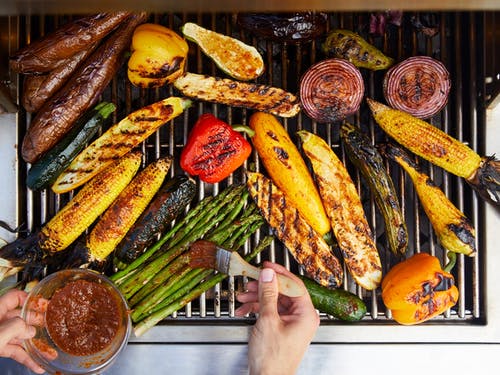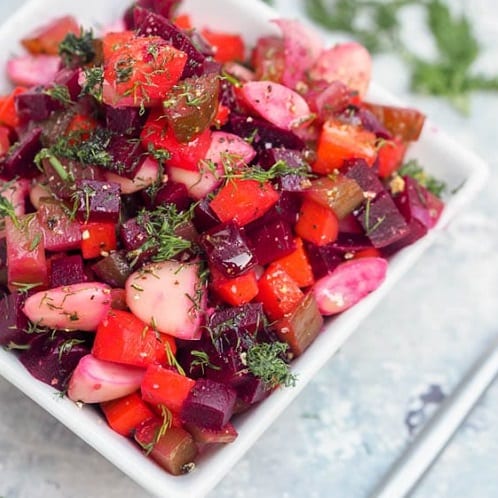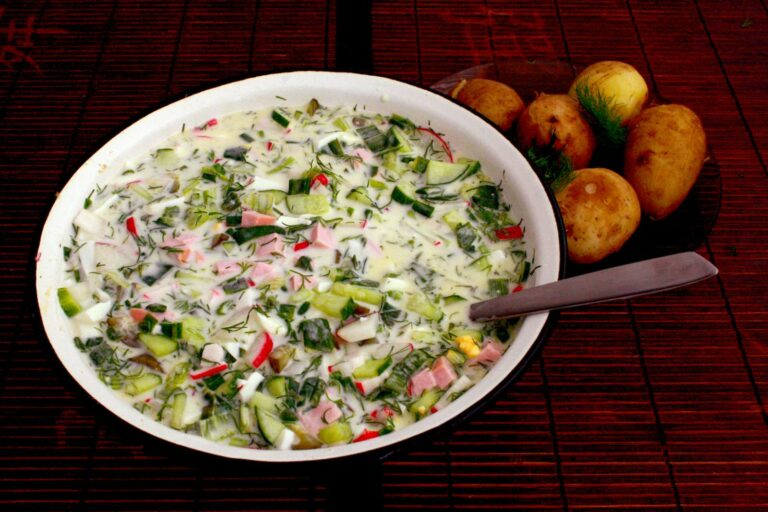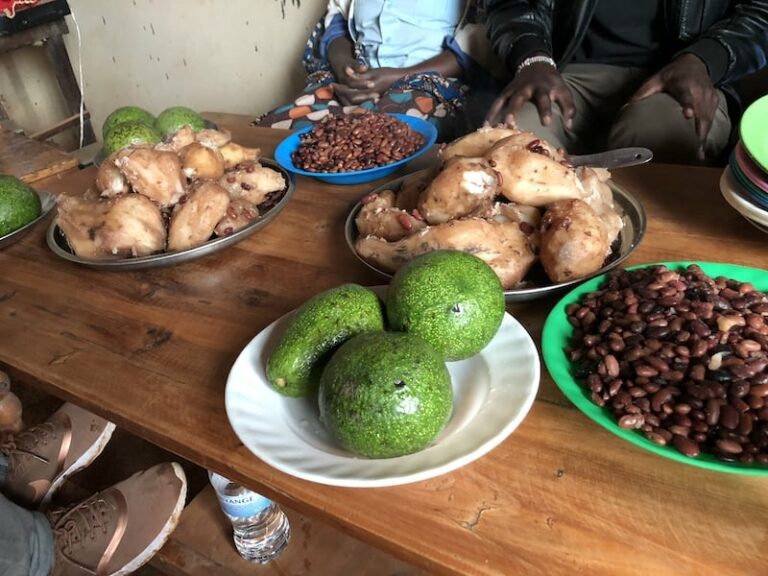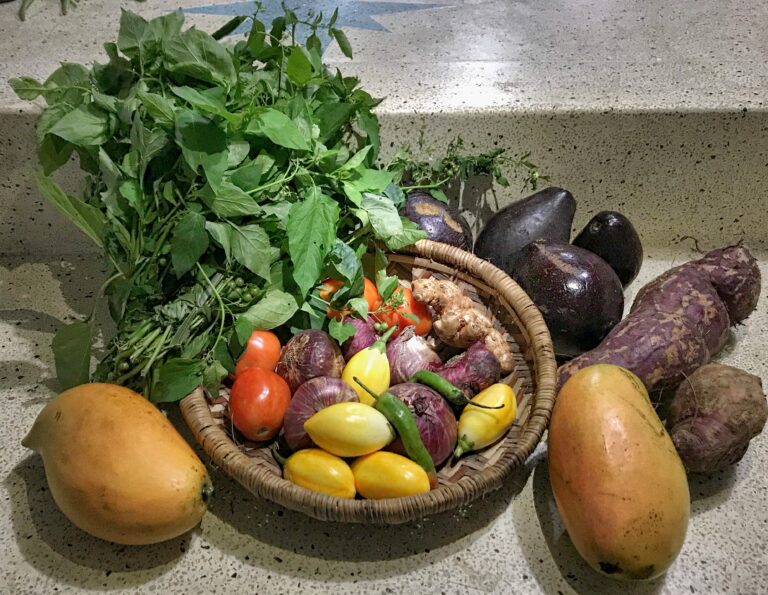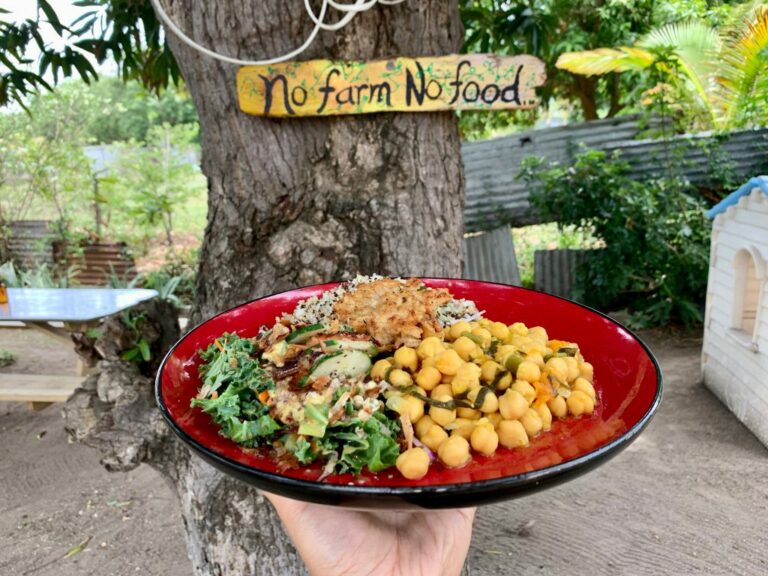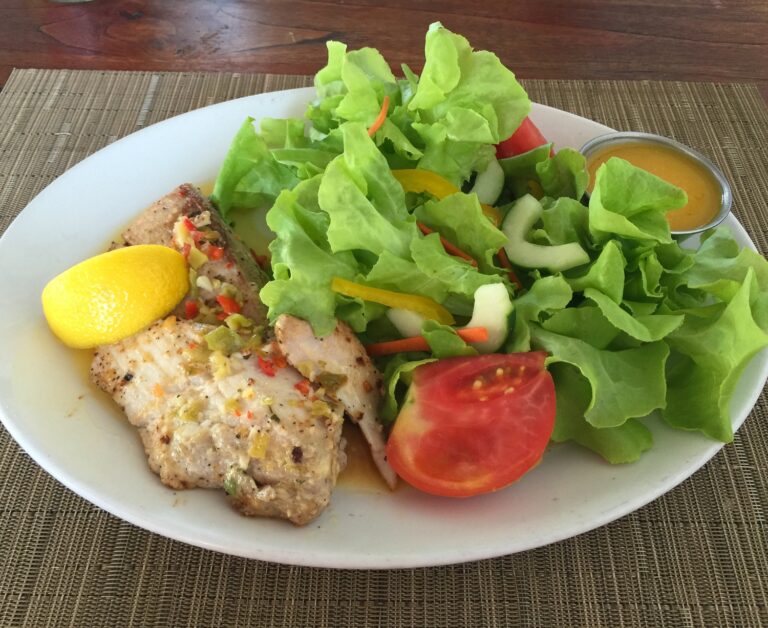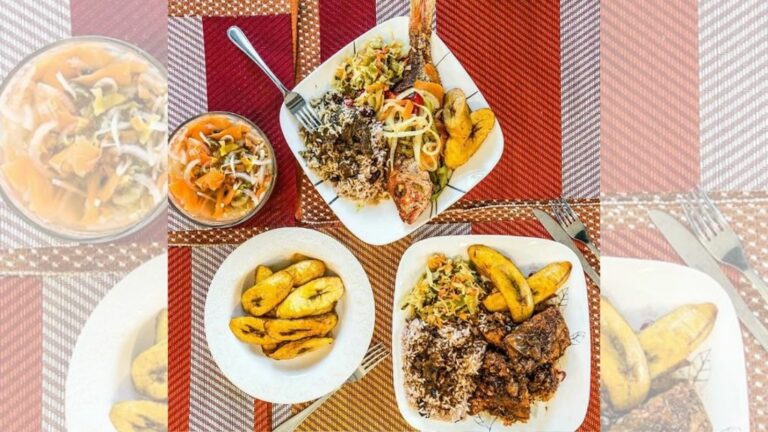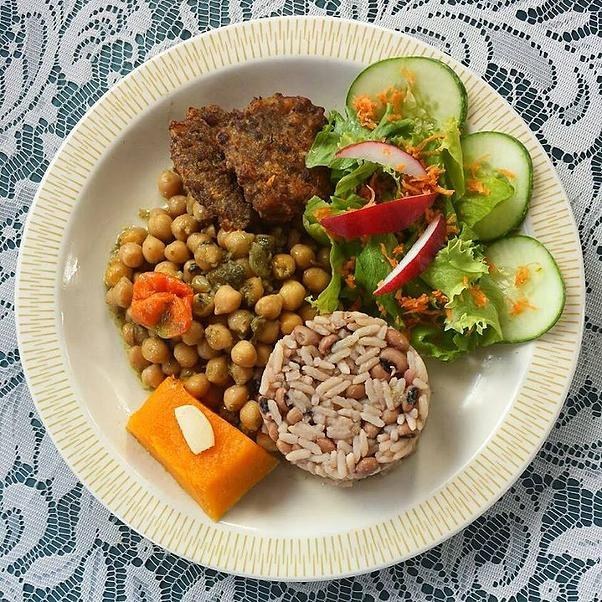Introduction: Romanian Cuisine
Romanian cuisine is a blend of various culinary traditions and influences, including Turkish, Hungarian, and Austrian. The cuisine is known for its hearty, meat-based dishes, such as grilled sausages, pork stews, and beef soups. Romanian cuisine is also home to a wide range of cheeses, cured meats, and pickled vegetables.
Traditional Dishes in Romanian Cuisine
Some of the most popular traditional dishes in Romanian cuisine include sarmale, which is cabbage rolls stuffed with minced meat and rice, mici, a type of grilled sausage made from minced meat, and ciorba, a sour soup made with meat and vegetables. Other dishes include mititei, a type of skinless sausage, and tochitura, a pork stew usually served with polenta and fried eggs.
Meat-based Dishes in Romanian Cuisine
Meat plays a significant role in Romanian cuisine, and many dishes are centered around it. Pork is the most common meat used in Romanian dishes, followed by beef, lamb, and chicken. Grilled meat dishes, such as mititei and pleskavica, are popular street food items in Romania.
Vegetarianism in Romania
Vegetarianism is becoming more popular in Romania, with an estimated 10% of the population identifying as vegetarian. This is partly due to health concerns and ethical issues. Vegetarianism is also gaining popularity among younger generations.
Vegetarian Options in Romanian Cuisine
While meat plays a significant role in Romanian cuisine, there are also many vegetarian options available. Some vegetarian dishes in Romanian cuisine include fasole batuta, which is a mashed bean dip, zacusca, a vegetable spread, and ghiveci, a vegetable stew. Many traditional dishes, such as sarmale, can also be made vegetarian by replacing the meat with mushrooms or soy protein.
Conclusion: Exploring Romanian Vegetarian Cuisine
Overall, while Romanian cuisine is known for its hearty meat-based dishes, there are also many vegetarian options available. Vegetarianism is on the rise in Romania, and many traditional dishes can be adapted to meet vegetarian dietary requirements. Exploring the vegetarian options in Romanian cuisine can provide a unique culinary experience that highlights the diversity of the country’s culinary traditions.

